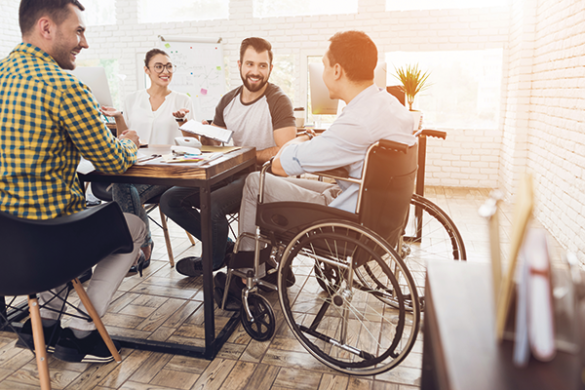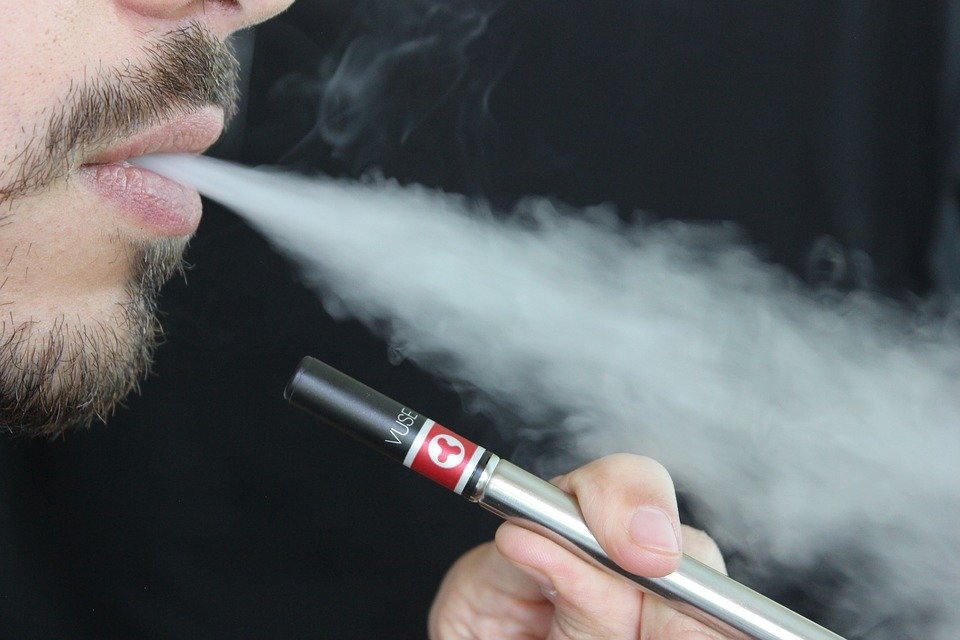
Pain in the spine, a man with backache at home, injury in the lower back, photo with highlighted skeleton
Between 250,000 and 500,000 people in the United States suffer from spinal stenosis.
Are you part of this group? Are you experiencing a lot of negative symptoms like trouble walking?
Read on to learn more about the connection between spinal stenosis and walking problems. You’ll also gain some insight into how you can manage spinal stenosis in an effective way.
What Is Spinal Stenosis?
Spinal stenosis is a condition that occurs when the spaces within the spine start to narrow. This narrowing places pressure on the nerves of the spine and can contribute to a variety of symptoms, including muscle weakness, numbness, tingling, pain, and movement difficulties.
In terms of movement difficulties, trouble walking is one of the most common complaints. People with spinal stenosis might experience pain or cramping in their legs when they stand or walk for long periods of time. They may have trouble maintaining their balance, too.
Spinal stenosis is often the result of wear and tear on the spine that occurs over time. It can also be related to other degenerative conditions, such as osteoarthritis. Herniated discs, bone overgrowth, and spinal tumors can contribute to it as well.
Types of Spinal Stenosis
There are two main types of spinal stenosis:
- Cervical spinal stenosis: This condition occurs when the narrowing takes place in the cervical spine, which is comprised of the bones of the neck
- Lumbar spinal stenosis: This condition occurs when the narrowing takes place in the lumbar spine, which is comprised of the bones of the lower back
Of the two types of spinal stenosis, lumbar spinal stenosis is the most common. It’s also possible for someone to experience both types of spinal stenosis at once.
How to Treat Spinal Stenosis
Spinal stenosis can definitely be a frustrating condition. Luckily, though, there are steps one can take to treat this issue and relieve the symptoms that come with it.
The following are some of the most effective treatment options for spinal stenosis:
Medication
Often, the symptoms of spinal stenosis can be controlled with the help of pain-relieving medications. Over-the-counter pain medications like ibuprofen, acetaminophen, and naproxen can help to minimize pain in the short-term. They’re not recommended for long-term use, though.
Some doctors also prescribe other medications, such as antidepressants and anti-seizure drugs, both of which have been shown to benefit those struggling with chronic pain.
In severe cases and for short-term relief, opioid painkillers may be prescribed as well. Because of their habit-forming nature and the risks associated with them, though, these medications are often the last resort for doctors and their patients.
Physical Therapy
In conjunction with medication, many physicians recommend that those struggling with spinal stenosis seek out physical therapy as well as a more long-term solution.
Physical therapists can teach spinal stenosis patients exercises that will help to increase the flexibility and stability of the spine while also improving balance and increasing one’s strength and endurance. All of this, combined, can relieve pain and improve range of motion and quality of life for people with spinal stenosis.
Steroid Injections
Another short-term treatment option is the use of steroid injections.
These injections help to reduce pain and irritation in areas where the nerve roots may have become pinched or swollen. They do not fix spinal stenosis. However, they can minimize inflammation and make the condition more tolerable for those who are dealing with acute symptoms.
It’s important to note, too, that steroid injections should not be sought out on a regular basis. Repeated injections can cause the bones and connective tissue to weaken. That’s why physicians only recommend them a couple of times per year at most.
Decompression
The decompression procedure involves the use of needle-like instruments. Physicians use these instruments to remove part of the ligament in the back of a person’s spinal column.
The goal here is to increase the available space in the spinal canal and treat the impingement of the nerve roots.
This procedure is only available to those who have both spinal stenosis of the lumbar spine and a thickened ligament. It can be a great option for those who meet the criteria but are wary of undergoing surgery (decompression gets performed under local anesthesia).
Exercise
For those dealing with spinal stenosis and the unpleasant symptoms that accompany it, the idea of exercising might seem laughable. Regular, low-impact movement can be very powerful for these individuals, though.
The key is to find a form of exercise that is not taxing on the spine. Swimming is a great option, as is cycling.
Chiropractic Adjustments
Some people have seen great success from chiropractic treatment for spinal stenosis.
Chiropractic adjustments can help to reduce inflammation and pressure that’s placed on the spine. This can, in turn, relieve pain and improve one’s range of motion. Like physical therapists, chiropractors can also recommend exercises that will help to strengthen and stabilize the spine.
Chiropractic care can be a great option for those who want to avoid pain medications. It’s also good for those who prefer to take a more natural approach when managing their symptoms.
Surgery
In extreme cases, surgery might be the best option for spinal stenosis patients. There are a few different surgeries that might be appropriate, including the following:
- Laminectomy: This involves trimming spurs and ligaments that might be pushing on the spinal nerves
- Discectomy: This involves removing part of the disk (or disks) that might be compressing the spinal nerves
- Spinal fusion: The goal of this procedure is to fuse two or more bones of the spine together with either metal hardware or a bone graft
All of these procedures have merit, but folks should only consider them if no other treatment options are working.
Get Help for Spinal Stenosis and Walking Problems Today
You now know more about how to treat spinal stenosis and walking problems, as well as the other symptoms that can accompany this condition. With this information in mind, it’s time to begin your recovery process.
Keep the treatment options outlined above in mind so you can find a protocol that works well for you and helps you find relief.
Do you want to learn more about managing spinal stenosis or other spinal conditions? If so, head to the Health section of our site today. You’ll find all kinds of helpful resources there.









